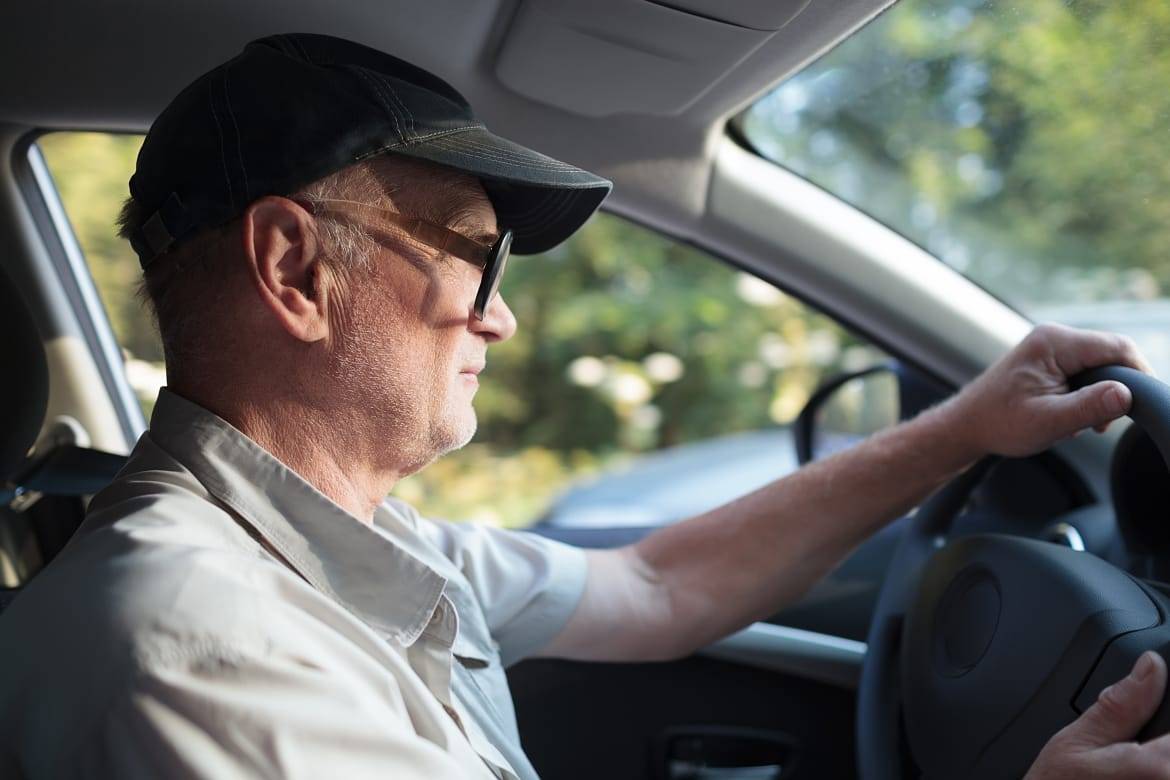Older Driver Awareness Week Promotes Safety


CARS.COM — Now in its eighth year, Older Driver Safety Awareness Week runs today through Friday. The American Occupational Therapy Association’s annual December initiative aims to raise public awareness about the safety issues older drivers face as they strive to remain active members of their communities.
Related: Adaptive Devices Can Ease the Drive, Ride for Seniors
To that end, the AOTA website provides an in-depth look at five different topics through articles, podcasts and links to related resources. It kicks off today with a discussion about physical and cognitive changes that can affect driving ability, and offers solutions and resources for dealing with those changes. Tuesday covers family conversations about driving abilities; Wednesday’s topic is driving fitness evaluations; Thursday looks at assistive devices that can empower drivers; and Friday wraps up the week by looking at how older drivers can stay engaged in their communities when driving is no longer an option.
A common denominator in all of these topics is working with an occupational therapist who specializes in driver rehabilitation. Driving assessments conducted by a licensed, registered OT can be the key to staying on the road safely as we age; assessments are especially important when drivers have medical conditions that can affect motor skills. AOTA recommends that another family member attend the evaluation with the older driver so that everyone understands the plan following the evaluation.
“The driving rehabilitation assessment is often viewed as a mechanism by which older drivers lose their licenses,” OT Carol Wheatley said in a statement. “In actuality, the focus is on determining the means, such as adaptive equipment or strategies, to enable the person to continue to drive safely,” the certified driver rehabilitation specialist added.
A driver assessment/evaluation will:
- Identify a driver’s strengths and any changes in vision, physical ability and cognition that can pose a risk to driving safely
- Recommend how to strengthen skills and adapt for weaknesses
- Prioritize goals for continuing to drive safely and devise a plan to stop driving when physical or cognitive changes put the driver and others at risk
- Identify alternative modes of transportation and provide support for staying engaged in the community once driving is no longer possible
“Everyone is different, and the solutions need to be custom designed for each individual,” said OT Mary Jo McGuire in a statement. “Driving is a critical occupation that we need to understand and analyze. It is one part of the larger issues of community mobility, which is a critical component of being able to live life to its fullest.”
To find a driver rehabilitation specialist near you, visit AOTA’s database of driving specialists here or the Association for Driver Rehabilitation Specialists’ finder here.

Former Assistant Managing Editor-Production Jen Burklow is a dog lover; she carts her pack of four to canine events in her 2017 Ford Expedition EL.
Featured stories



2025 Polestar 3 Review: Understated Electrified Luxury

